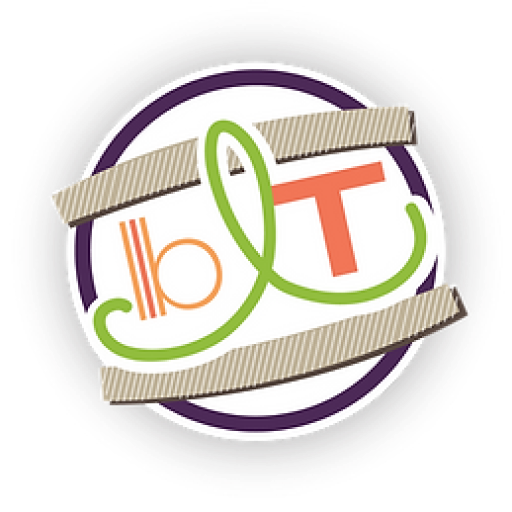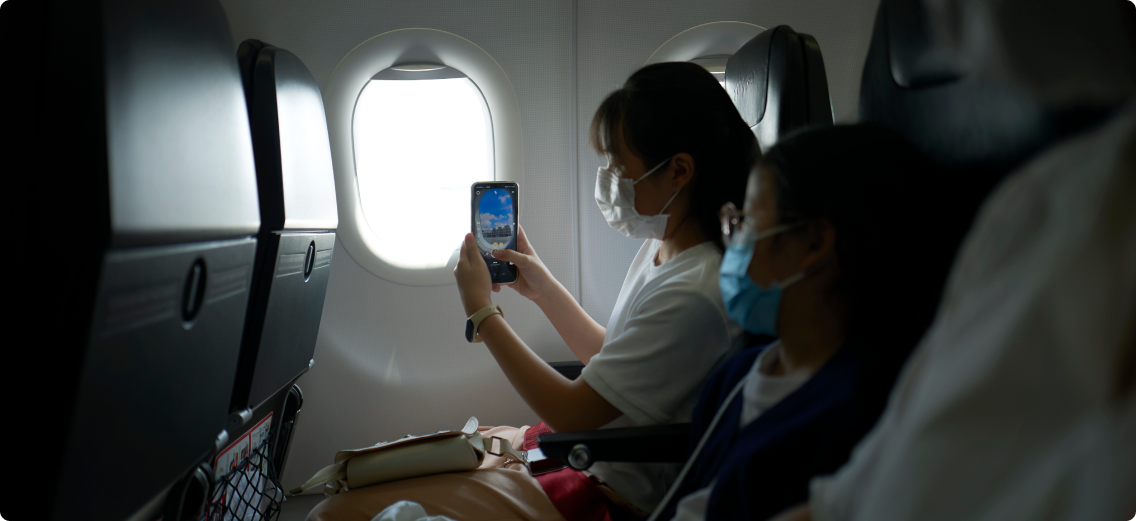Air travel no matter the distance can be stressful and overwhelming to anyone, especially neurodivergent children and their families. Navigating crowded airports, tolerating cramped lines, and unsaid protocols when going through security, customs, and boarding. Children can notice and pick up on our emotions more easily than we think. If we are outwardly presenting our stress and frustration when traveling, there is a good chance that your child will mirror you. As more information and research come out in regard to the neurodivergent population, airports are becoming more accommodating and supportive to these individuals and their families. Here are some strategies to try before the next time you travel.
Understanding the Challenges:
A quick look at our nervous system and how it responds to environmental stimuli highlights the first challenge that neurodiverse and some neurotypical children experience. Our nervous system is constantly receiving, interpreting, and responding to everything around us. Someone with a regulated nervous system can successfully integrate these sensations and respond accordingly, however, other individuals can be hyper-focused or be unaware of these sensations, resulting in difficulty integrating and responding appropriately. Additionally, when paired with unpredictability and changes in a routine these children are just ready to either shut down or become dysregulated and meltdown.
- Sensory overload: Increased noise, crowded environments, people bumping into you, or standing too close can all trigger distress in children who have sensory processing differences
- Unpredictability: Some airports require you to take off your shoes and remove all electronics from your bag, while others let you walk through. Some airports have those old-school metal detectors while others have those tube-like machines.
- Communication difference: Some children need more time to respond to questions or demands, others may be non-speaking and/or talk with an AAC device.
- Anxiety Differences: Some children may have hesitancy with flying, tight spaces, crowded areas, and unpredictability.
Knowing these things about your child can help make a world of difference when traveling. Remember that every child is different, triggers and strategies that work for one child may not work for another. Personalization and empathy are key to a smooth travel experience.
Pre-flight preparation:
Get to know your airport.
- Visit the airport before your trip and let your child get comfortable with the location. Share what the employees and passengers are doing (checking in their bags, finding their flight, and printing their tickets.)
- Find times to travel where the airport is less crowded.
- See if your local airport has a sensory room or quiet areas for your littles (or even yourself) to sit and decompress.
- Explore if the airport recognizes the Hidden Disabilities Sunflower and apply for the program a few weeks before your travel plans.
- See if you can call ahead and ask for pre-boarding or seating preferences.
Discuss what to expect with your child.
- Social stories are a great example of how to explain the expectations of an airport.
- Create a visual schedule so children know what to expect after each interaction.
- Practice using your coping tools (fidgets, noise-canceling headphones, weighted lap pad.) Don’t introduce new tools on your flight as this can cause more anxiety around flying.
- If communication is a challenge for your child, prepare scripts or cards to utilize when addressed.
In-flight strategies:
- Arrive extra early so breaks and sensory room visits can occur without the added stress of being delayed.
- Bring comfort items (small toys, art supplies, lap pads, noise-canceling headphones, fidget toys)
- Pack familiar and crunchy snacks, crunchy snacks can be calming for some children.
- Stay calm and notice the early signs of dysregulation. Assist your child in using their strategies. Be proactive with these tools.
-
- Stay calm and notice the early signs of dysregulation. Assist your child in using their strategies. Be proactive with these tools.
- Visit a quiet area for your child (or yourself) to recharge.
- If transitions are challenging, limit the number of stops between arrival and your hotel.
Conclusion:
Preparation makes a huge difference when traveling. Knowing what to expect and preparing for things that may go wrong (without going overboard) can decrease the stress associated with flying. Understanding and acknowledging that your child did something that was new and scary and that they did great can help encourage them to look forward to traveling in the future. It is also important to note that sometimes not everything goes as planned, and mistakes will be made. Having grace with yourself and identifying what you would like to change the next time can help you master the art of traveling. Finally, remember that each child is different and that as they grow, strategies may change. If appropriate, invite your child into these conversations, teaching them self-advocacy and awareness of what works well with them can set them and you up for success.
Resources:
Bay Area Airports that have a designated quiet area and/or sensory room.
- SFO – Located in the Harvey Milk Terminal 1, level 2. Opened from 5:00 am to 11:00 pm daily. More information is located on their website: https://www.flysfo.com/passengers/services/sensory-room
- OAK – Does not have a designated sensory room or quiet area, however, they invite travelers to use their nursing areas that may have lower stimulation than areas in the main terminal. More information lis ocated on their website: https://travelingwiki.com/oakland-airport-oak
- STS – According to administration services, STS does not have designated quiet areas or sensory rooms. There are family restrooms and an outdoor patio that travelers can visit. Be aware though that you can hear the planes take off. More information is located on their website: https://sonomacountyairport.org/passengers/terminal-amenities/
- SJC – Does not have a designated sensory room or quiet area, however, they invite travelers to use their nursing areas that may have lower stimulation than areas in the main terminal. However, they do recognize the Hidden Disability Sunflower. More information is located on their website: https://travelingwiki.com/san-jose-ca-airport-sjc
California airports where the Hidden Disability Sunflower is recognized:
- Los Angeles (Los Angeles International Airport – LAX)
- Ontario International
- San Jose International
- San Luis Obispo County Regional
- Santa Barbara
- Sacramento

